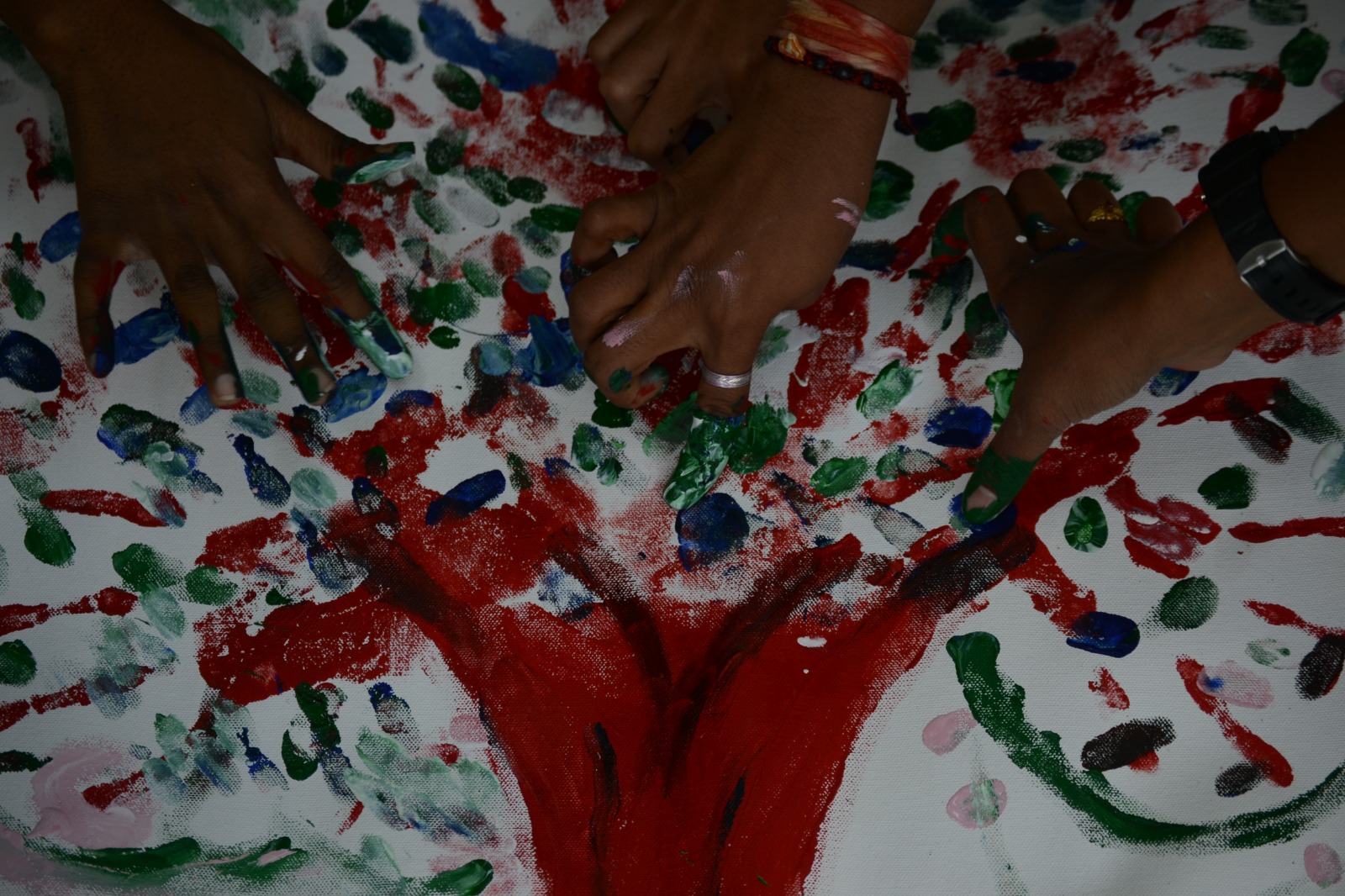In my interactions with various individuals and organisations, I’ve come to realise that the path to inclusion is a journey—one that unfolds uniquely for everyone involved. The journey towards true inclusion in the context of disability has many stages, shaped by the information available and the biases that prevail.
The Early Stages of Inclusion
In the Unconscious Stage, there’s a general belief that inclusion is important, but little to no awareness of how it intersects with the organisation’s work. Inclusion might be mentioned in the mission statement, but it’s often treated as an abstract concept. The inclusion of persons with disabilities is considered more of an external issue that doesn’t seem to directly impact day-to-day operations.
Moving forward, the Debating Stage emerges, where the conversation shifts to whether the organisation is truly ready for inclusion. This stage is characterised by internal debate, often marked by questions about readiness, resources and the potential impact of inclusive practices. The cost-benefit analysis kicks in and many organisations linger here, assuming that inclusion comes at a heavy cost.
Next is the Awareness Stage, where inclusion starts to be noticed in other spaces—other organisations, events, or communities. This external observation begins to influence internal thoughts and actions, making inclusion seem more relevant and necessary. For example, witnessing an event with sign language interpreters might spark curiosity within the organisation about how similar practices could be implemented in their own work.
Moving Toward Active Inclusion
In the Recognition Stage, inclusion is now recognised as important within the organisation itself. There’s an understanding that inclusion is not just a buzzword but a crucial element of the work. Conversations about inclusion become more frequent and focused, with a growing recognition that it’s essential for the organisation’s goals and values.
During the Consensus-Building Stage, efforts are made to build consensus within the organisation. Teams and departments start to have meaningful conversations about how to implement inclusive practices, but there might still be hesitation or discomfort in fully committing.
The Exploration Stage is characterised by reaching out to those who work with people with disabilities, though not yet involving persons with disabilities themselves. Organisations might start gathering information and resources, often through second-hand sources, while direct engagement with persons with disabilities is limited or tokenistic. This might look like a conference where sign language interpreters are present, but no deaf people are actually invited, rendering the accessibility provisions quite meaningless and leading to no real inclusion.
In the Connection Stage, the organisation or individual begins to connect directly with experts who are persons with disabilities themselves. This often leads to a significant mindset shift as lived experiences and expert insights start to shape inclusion efforts. Direct engagement with persons with disabilities lead to a deeper understanding and more authentic inclusion practices. For example, an organisation might start involving deaf participants in selecting sign language interpreters for events, leading to better communication and a more inclusive environment.
Achieving True Inclusion
The Implementation Stage sees the organisation taking concrete steps to implement inclusive practices. There’s a transition to accessible physical infrastructure, the use of assistive devices, accessible websites, social media content and other provisions. However, there are gaps, and a lot of scope for improvement. There is a possibility to become stagnant at this stage, often even considering themselves as experts in the field if they don’t pause and reflect.
In the Collaboration Stage, inclusion practices become more refined with direct engagement with persons with disabilities, ensuring their full involvement right from the initial planning stages. This ensures that accessibility is not just provided but is truly effective. For example, a company might involve visually impaired employees in the design of their digital products, resulting in interfaces that are truly accessible.
Finally, in the Embodiment Stage, inclusion is embodied in everything the organisation does—from policies to practices. It’s now an integral part of the organisation’s culture, embedded in its ethos and actions. It is now part of their ‘being’.
I have tried to compile these stages based on the insights from the field, however these stages are neither static nor exhaustive as the process of inclusion itself is evolutionary. The journey towards inclusion can be a roller coaster, but once you experience it in its full, transformative power, it becomes impossible to imagine the world without it. Inclusion isn’t a luxury or an add-on; it is a fundamental right, a basic need that intersects with everything. It cannot be an afterthought. Instead, it needs to be woven into the very fabric of everything we do, shaping our actions, decisions, and the environments we create. Everything else is just an illusion, not inclusion.
About the author:
Pallavi Kulshrestha is Associate Director – National Partnerships, Dream a Dream, working to create compassionate and inclusive education systems where all children can thrive. With about 15 years of experience in the education and disability sector, she specialises in deaf education, sign language, and life skills. She has supported numerous government and non-government organisations on their inclusion journey.


